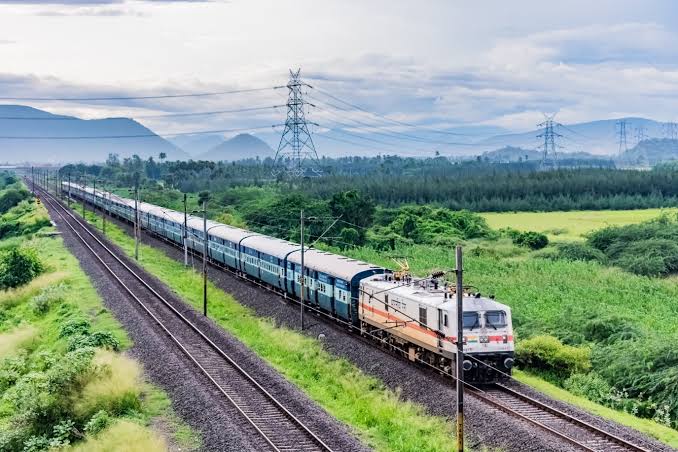Transportation Security Administration is an agency that operates in the US to ensure the security of all passengers and every flight, train, and bus departing from a particular station. The agency was founded after 9/11 to tighten the security measures in the country. All transportation systems have been installed with robust surveillance and screening to make sure that no forms of irregular activities are happening. Department of Homeland Security took over the TSA in 2003 and has been successfully managing it for the almost two decades now. To provide freedom of movement for commerce and people by protecting the nation’s transportation was the mission behind launching the TSA.
General and commercial aviation, mass transit systems, highways, maritime, pipelines, wheelz, freight and passenger rail come under the jurisdiction of the TSA. Here is a detailed study on the rail security ensured by the TSA, which has to be adopted by other security organizations to keep the transportation sector safe in their respective countries.

Everything About Rail Security
With almost 10 types of transportation services provided in nearly all countries, the security system also needs to improve. Many of the services are under deplorable conditions in many regions that they have no enough money to invest in the security measures appropriately. There are different types of railway services also in the US, most of which are well-guarded now. The objective of every security system like TSA should be to measure the rails for its high risk by looking at the ridership, area of operation, and infrastructure. Since the public transport facilities are easily accessible and have fixed schedules with high ridership, many of the systems stay vulnerable with terrorists targeting them. Such situations would make many of the security measures impractical.
Similar risk scenarios include vandalizing the infrastructure to cause a derailment, cyber-attack, armed assault, insider threat, biological/chemical attack. TSA is one agency that has been working around the clock to ensure the safety of the passengers. Many training programs have been provided by TSA to the operators to understand the working of the transportation system before joining it. They also share information regarding intelligence and security through security awareness messages, event-driven conference calls, industry-wide monthly conference calls, and transit security roundtable. Modal threat assessments are conducted by the TSA every year to notify about the security threats.
Teams have been created for the protection of rail transport system by training the operators and other workers. Workshops are hosted for an in-depth understanding of the surface transportation cybersecurity. Critical infrastructure protection is also ensured by the agency both on physical and cyber grounds. It is provided on bridges, tunnels, data control centers, and for train operations. Vulnerabilities were determined by the agency in collaboration with critical infrastructure owners to develop better solutions to bring down those issues. Several operational and technological ideas are proposed with the emerging innovations that are likely to keep the system secure. Sophisticated screening systems and other equipment will help in improving the environment within the rail stations.

One of the most important steps is for the operators to collaborate with the passengers and law enforcement to inform them about the risks and enhance transportation security. Training programs, social awareness, and campaigns can help such agencies to team up with the passengers to keep secure conditions intact.

